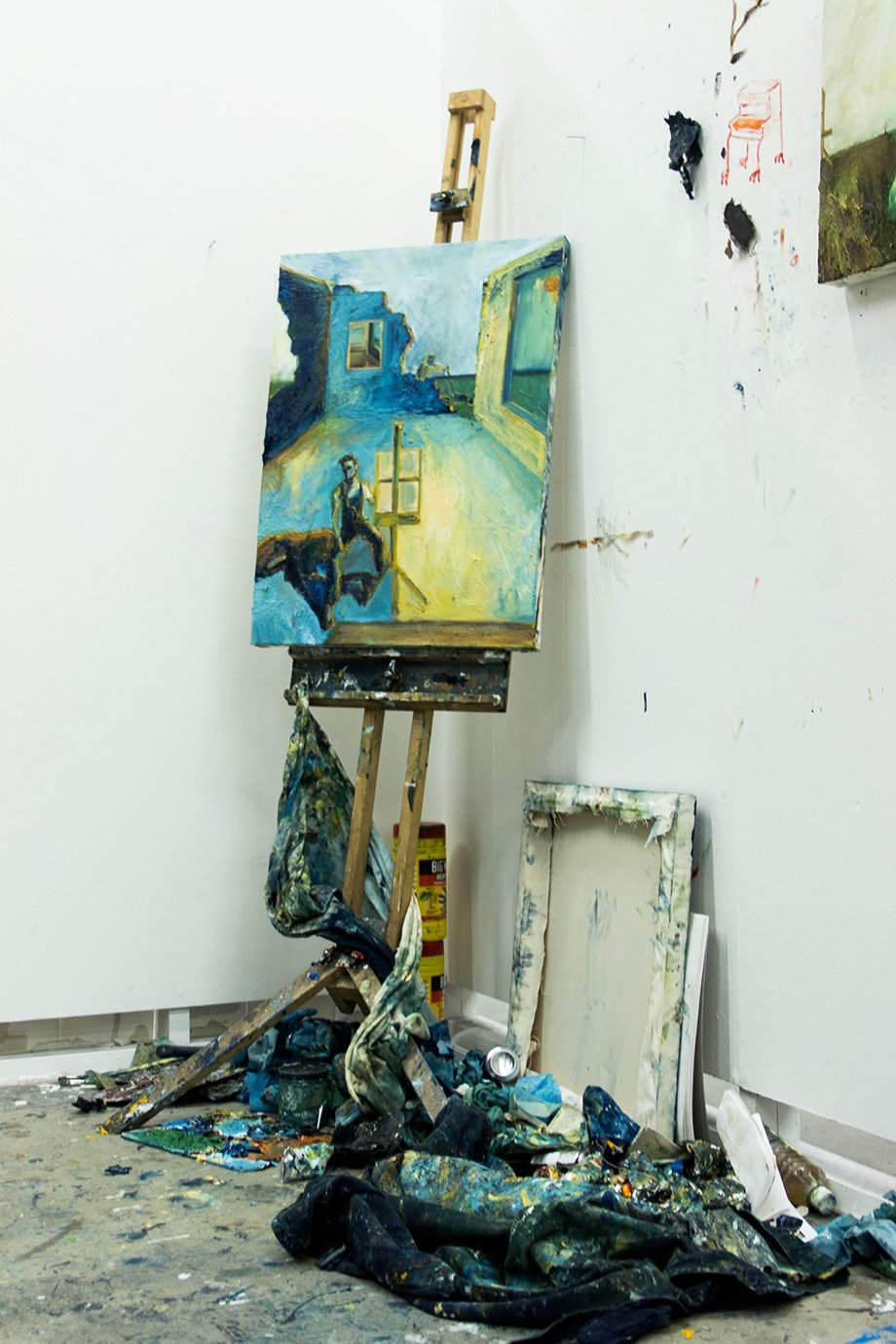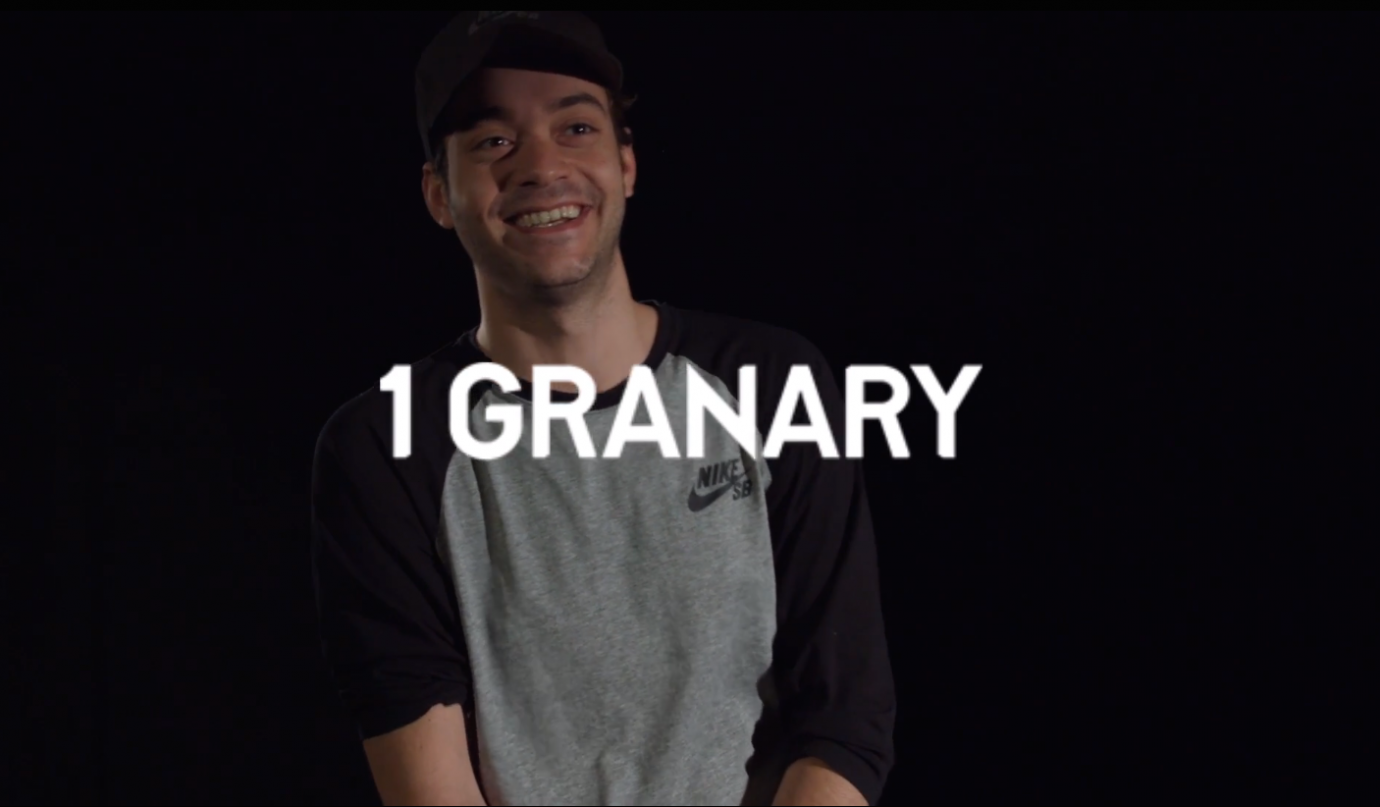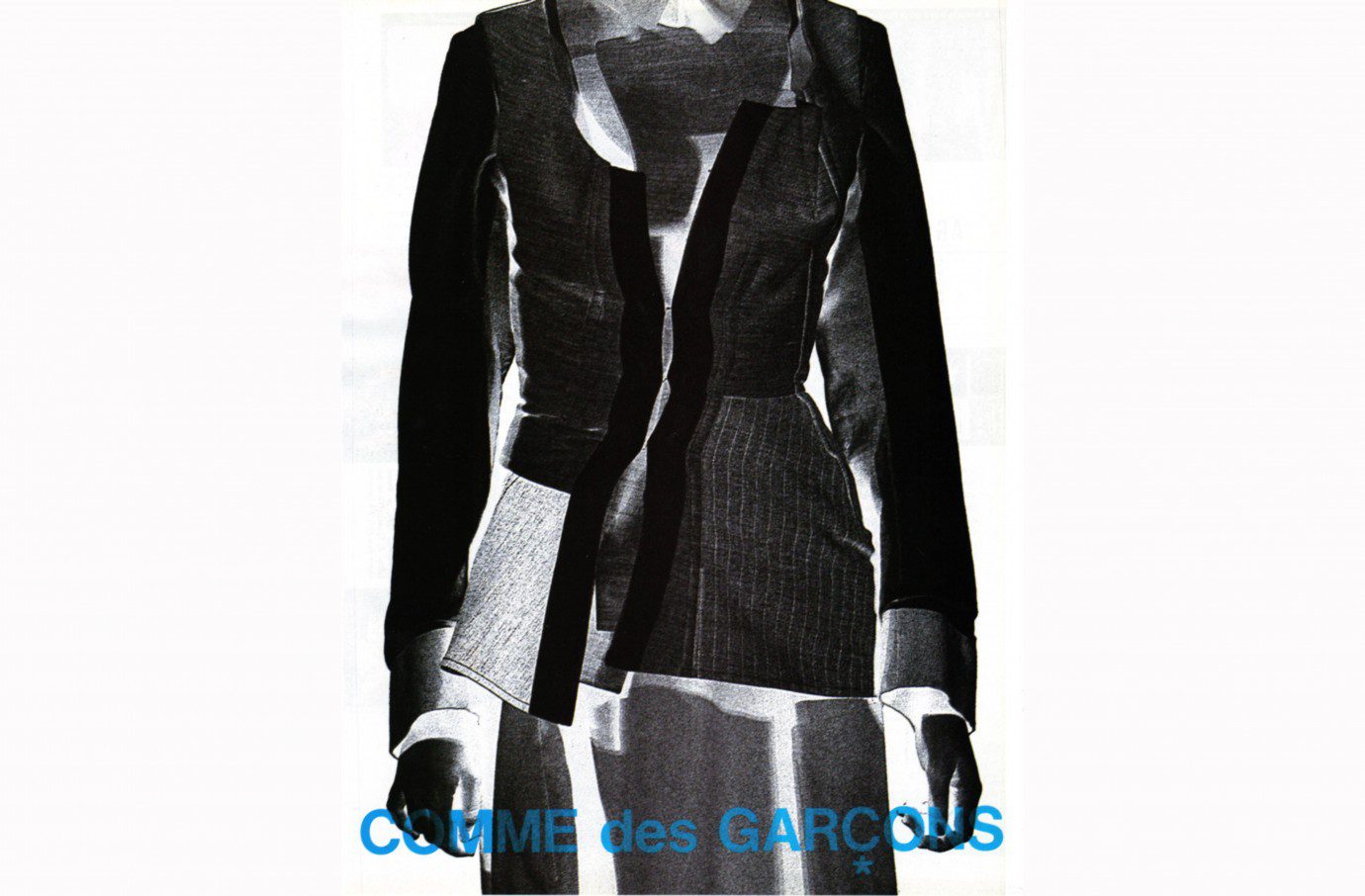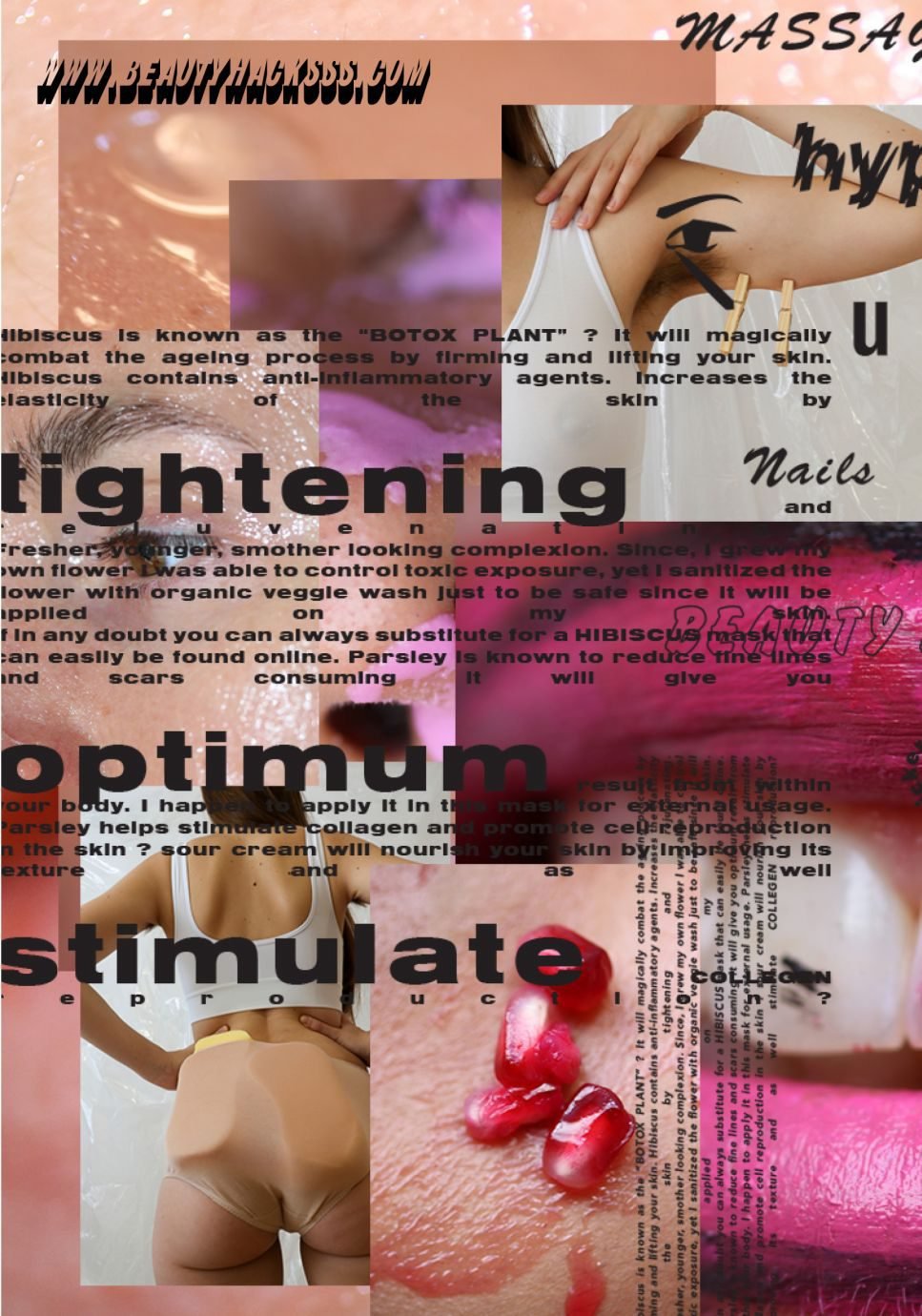Shawn talks with us about soul-digitalisation, human-machine hybrids, gaining immortality on Facebook, manipulating the forms we have grown used to see in the mirror, letting go of perceived identity, transcending limitations of existence, and he explains how he overcame his creative block by stopping to over-conceptualise and rather creating by ‘feeling’.
Shawn Soh: Reimagining the world within our human body
BA Graphic Design graduate Shawn Soh certainly did not come to Central Saint Martins in a typical ‘studying trajectory’ where one goes through the foundation year aged 19, starts a BA at 20, and graduates from an MA around 25. Instead, the Singaporean was a Radar and Navigation specialist in the Navy, studied to become a pastor and quit half-way through, started his own design company (and faked that he had a secretary and in turn won a massive exhibition competition), and became a buyer for a large furniture company. Having a well-rounded view of what the world is like in reality can heavily influence one’s design practise, and so by having experience Soh is able to merge both concept and aesthetics into a final orchestration of sound, image, and physical objects. Where he first created an Eraser that resembled an analog Snapchat device which takes your digital picture, prints it and after a couple of seconds destroys it, his graduate project explores the idea of materialising what’s inside of our bodies.
You are originally from Singapore and where you studied and graduated from the School of Design in 2006. Why did you choose to move to London?
It was quite funny how I stumbled into studying design. It started with me reluctantly going for an interview with a friend for the Design School to show her moral support. She convinced me that she would prefer that I went for the interviews with her as well. I did, because “why not,” but it ended up with me getting into the school and she didn’t (awkward moment).
What came after I graduated was a frenetic series of events that grew and evolved my design worldview. I was forced by the government of Singapore and served in the military for 2 years. Starting from the army and eventually I was moved into the Navy as a Radar and Navigations specialist. I really enjoyed my time serving in the Navy — sailing out and navigating a warship in the open seas was great… not so much when it comes to dealing with men and their brutalist wolf-pack syndrome.
After that, I found myself studying theology and was training to be a pastor. There, I began to gain a sensitivity towards human behaviour, psychology, emotion, symbolisms and storytelling. Studying the bible arose many questions about my worldview. I grew a deep passion for people and the fine line between fighting human limitation and fragility. These concerns eventually overtook me and I left the course half-way.
“I HAD A HUGE CREATIVE BLOCK FOR 3 MONTHS BUT WHAT CAME AFTER WAS A REACTION TO THE FRUSTRATION OF IT ALL. I DECIDED TO STOP OVER-CONCEPTUALISING AND TO CREATE BY “FEELING.”
I started my own company, Shawn Soh Designs, where I had the privilege to work with amazing clients like Barclays and Lexus. I also fought for a tender to design for the Singapore Navy Museum which put me in contest with 30 large exhibition design companies in Singapore. With no knowledge of what exhibition design is, I armed myself with Google and free bookshop browsing. I also got my best friend to pretend to be my sectary. I won the tender. But in my own ignorance, at a young age managing the finances of such a large scale project alone, I got myself in a sticky situation where I trusted the wrong contractor and lost all my profits. Which brought me to the next stage…
My mother, with her maternal forceful hand, got me to work for a furniture company as a salesman. I hated the job as you had to lie to customers about how great the pieces looked and I definitely did not think a cyan leather sofa would look good in any home. So after 3 months I devised a plan and spoke to the directors to promote me to be their brand consultant. I came into the meeting with a PDF and a lot of confidence. We won several awards after my promotion and eventually, I was given more tasks encompassing retail and exhibition trade show design, travelling to China and Malaysia to become a buyer, as well as designing my own furniture collection. On that note, I still cringe to the fact that I agreed to let them have my face on newspapers and flyers saying “Free interior design advice with designer, Shawn Soh, every weekend!”
All this happened in the last 5 years. At the end of it, I became financially comfortable but also creatively stagnant. I wanted to again take a risk with my life and grow my craft. Despite many rational reasons to stay in Singapore, I knew I had to leave. I closed my company down, quit my job and left for London hoping to heighten my design perspectives and possibility start a new career here.
“THE CREATION OF GARMENTS FOR “GHOSTS” IS AN ATTEMPT TO MATERIALISE THE INTANGIBLE INNER SELF WITHIN THE WORLD OF OUR CONSCIOUSNESS.”
So you studied Graphic Design at Central Saint Martins, yet you also created the garments which feature in your video work. What were your motivations to make them, how did you make them, and how you feel the garments fit with what you’re trying to represent?
The series of films entitled “Ghosts,” explores a personal hypothesis that disregards the accepted notions of science and intellectual pressure towards a unified view of self. It presents a concept of duality by imagining the body to be a container for multiple selves. Instead of seeing us as multifaceted, this hypothesis sees each self/personality to be a concentrated version of itself, like an atom, which I have chose to call, “Ghost.”
Our body is singular, and a different “Ghost” takes over our body form, causing us to behave differently accordingly, reacting diversely according to the environment and situation. The creation of garments for “Ghosts” is an attempt to materialise the intangible inner self within the world of our consciousness. I started the process by building epic ideas about creating installations to articulate the concept but became overwhelmed by the scale. I had a huge creative block for 3 months but what came after was a reaction to the frustration of it all. I decided to stop over-conceptualising and to create by “feeling.” I went through a strange phase with me putting found objects in front of my face. The exploration process germinated and I started making prototypes with materials that interested me in the way it distorted or changed the human form.
This curiosity was great for this project because of the fact that we have become so used to identify the physical human form as part of our identity. But who is the I that knows the body version of me? Am I the person who I see in the mirror or is it the one within? If so, who is the one within that has an image of myself and sense of identity over time? We speak about our consciousness, but what happens when we materialise that into a physical form? Will we recognise ourselves? What happens when we we manipulate the form that we have grown so used to see – the way our bodies move, the shapes it creates and the limited characteristics of its physicality? What would it really be like if we can stand outside ourselves and look at us?
“WE SPEAK ABOUT OUR CONSCIOUSNESS, BUT WHAT HAPPENS WHEN WE MATERIALISE THAT INTO A PHYSICAL FORM?”
This process led up to creating a collection of garments with ranging from an armour with 300 pigeon spikes, a cape from 8000 cable ties to a £4 plastic painter sheet from Leyland. As I do not have a fashion design background (and would not dare to call myself a fashion designer), the way I created the garments was extremely amateur. There was a lot of gluing and cable tying.
There was a magical moment when the project came together. From its humble beginnings of dawning the garments on myself in front of the mirror to shooting the films in the studio, I began to see the inner world within me materialise. This project differs from what I have been doing in Singapore before I came to Central Saint Martins. I felt like I was being true to what I love doing and shared my personal perception of the inner world – a dark, whimsical, dramatic-ness.
What are the possibilities for young creatives within your field in Singapore at the moment?
Not much. At least not what I would like to do. Although if I do not find prospects here in the UK, I might have to go back selling cyan leather sofas.
“IN THIS DIGITAL AGE, WE ARE LIVING IN A BOMBARDMENT OF MOMENTS LAYERED UPON OTHER MOMENTS.”
Looking at a machine which produces a critique of the consequences of using other machines: What is The Eraser?
“The Eraser” was created in my collaboration with Persiis Hajiyanni. In this digital age, we are living in a bombardment of moments layered upon other moments. The invention of smartphones and their application have encouraged an obsessive culture of enshrining moments virtually, reflecting on society’s inability to handle technology and along with it, its social repercussions.
With that in mind, we were interested to create something that illustrated the intangible movement of time, and through that we hoped to make people realise the disparity of enshrining moments on our devices.
What we created was an interactive analog version of Snapchat with an Arduino, thermal printer and hair straightener. At the push of a button, your picture is taken, printed and seen for a few seconds before it goes through a hair straightener, turning it in a blackened blank. What “The Eraser” did was create an expiration date on an enshrined moment, which in this case, is a picture. By imposing an expiration date, it asks us to reflect on the value of information by showing the movement of time – the present never stays still and once passed, never returns. We hoped that by doing that, it will also encourage people to live in the moment and leave their machines behind. But to our dismay, at both exhibitions where The Eraser was showcased, numerous members of the public took pictures of their printed portraits and put them up on Instagram. #societyfails
“WHEN THE COMPUTER PARADIGM BECOMES SO STRONG THAT PEOPLE BEGIN TO NATURALLY LINK THEIR BEING TO MACHINES – FOR EXAMPLE, A MAN ARMED WITH HIS IPHONE – IT CREATES A GRADUAL REMAKING OF HUMANITY AND SOCIETY.”
To what extent is The Eraser a reminder of our own un-negotiable extinction? And, if platforms like Facebook permit to create a super informed avatar of our existence that people can access without effort, do we still live on internet after death?
To be honest, these questions can be answered in a project that I collaborated with my flatmate and best friend, Nathanael Brooks. In “Digital Afterlife,” we were really interested in the human-machine embodiment. Human usage of technology influences the qualities of both the human and machine. When the computer paradigm becomes so strong that people begin to naturally link their being to machines – for example, a man armed with his iPhone – it creates a gradual remaking of humanity and society.
The machines, or the digital sphere, has a circular influence and relationship. Digital computation first identifies with human cognition — but only with an understanding available to the machine — and then the machine projects that understanding back to human cognition. So with the saturation of the digital in our lives (that also encompasses the encryption of our daily activities, as well as how these digital versions interact with each other), it creates a gradual remaking of humanity and society, breaking the previous concept of pure humanity and evolving it into a human-machine hybrid.
“I SEE THE DIGITAL SPHERE TO BE THE HUMAN ATTEMPT TO ESCAPE THE UNAVOIDABLE SINGULARITY OF BEING.”
The concept of technology evolving the outlook of humanity can be seen in the cult classic horror movie, The Ring (2002), in which a videotape was made psionically by Sadako Yamamura, the daughter of a great psychic. The videotape became a digital embodiment of her vengeful spirit and people who watched it would die in seven days. The only way to break the curse was to make a copy of it and pass it to another person to watch.
The act of Sadako creating her murderous videotape is a remaking of what is believed to be the core of every human being – the soul. By transferring part of herself into a videotape, she lived on after her death and her presence spread through viralism. Sadako performed a form of soul-digitalisation and with it, gained digital immortality.
How does that differ from our Facebook avatars? I see the digital sphere to be the human attempt to escape the unavoidable singularity of being. It changes the rules of the game that we have grown accustomed to play – the limitation of physicality. Without a physical form in the digital world, it sets our consciousness free from the cage of the physical body, allowing us to transcend limitation of existence. The qualities of our understanding of our identity changes. We can be selective and exaggerate the parts we like about ourselves with a click. We can hide and metamorpihize in an instance. We are no longer limited by geographical location and time. We can exist in multiple places and across periods of time. We are set free from expiration dates. All these are impossible to achieve easily in the physical world. That is why the digital sphere is so seductive.









